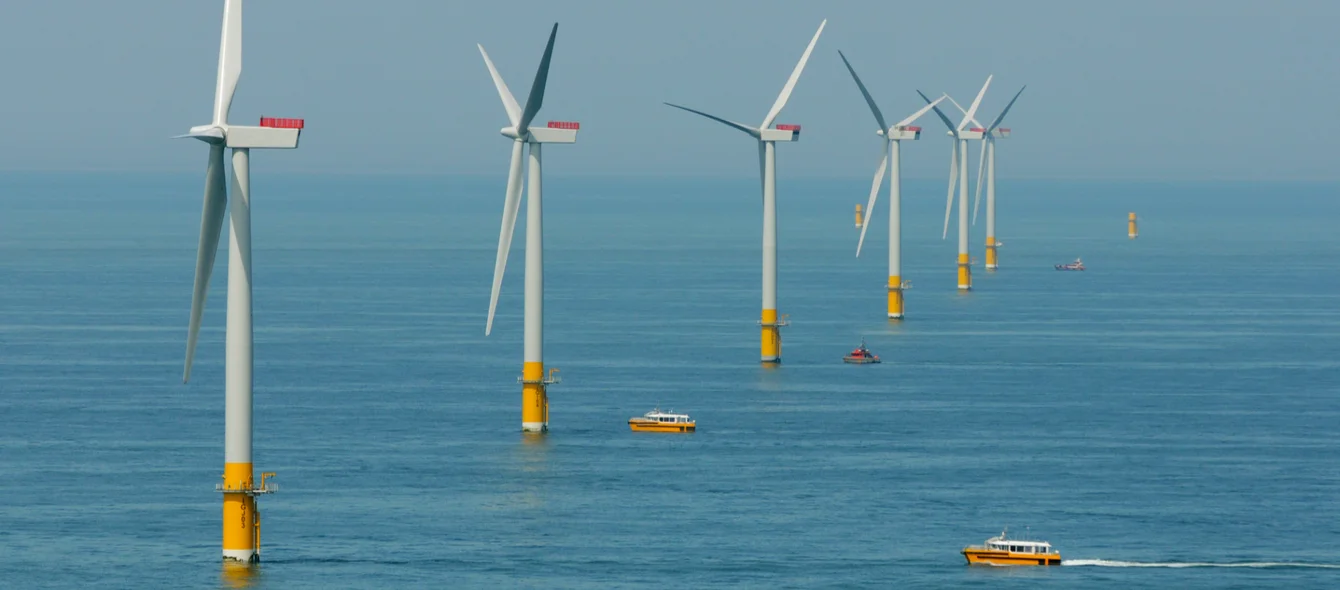Europe added 4.9 GW of new wind capacity in first-half 2019, according to industry association WindEurope, higher than the 4.5 GW installed in the same period last year, but 2018 was hardly a bumper year for the industry. Installations in Europe over the whole of last year were down 33% compared with 2017. Commenting on the EU’s 32% target for renewable energy by 2030 and recent commitments to 2050 net zero carbon goals by EU members, such as the UK, WindEurope Chief Policy Officer Pierre Tardieu said: “the rate of installations we’ve seen so far this year won’t get us there.”
German onshore wind installations were particularly lacklustre. According to WindEurope, a total of 11 GW of onshore wind projects are stuck in the permitting process. The length of time permitting is taking is deterring development. The most recent auction for German onshore wind capacity in August for 650 MW was only 30% subscribed.
In the UK, onshore wind installations have also stalled, owing to the removal of subsidies, while its offshore sector is racing ahead. The UK saw the most offshore wind of any European country installed in the first half of 2019, with 931 MW of new capacity, compared with just 197 MW of onshore wind.
Wind capacity in the UK
Capacity in Megawatt (MW); Source: IRENA Renewable Capacity Statistics 2019Offshore wind boosts average UK capacity factor
While the pace of both on and offshore wind installations needs to accelerate to meet EU climate change targets, the increased rate of offshore wind installations is having an important impact in terms of actual renewable electricity generated.
Capacity factors express how much of a wind farm’s installed capacity is actually operating over a defined time period. A higher capacity factor means more renewable electricity is generated from the same capacity installed. Average annual capacity factors vary depending on the windiness of the year, but an upward trend is clear, owing to the use of larger turbines with higher towers accessing better wind resources, amongst other improvements. However, the trend is particularly pronounced in the UK because of its surge in offshore wind farms.
For both on and offshore wind farms, the average annual implied capacity factor for Europe has risen from 20.2% in 2009 to 24.3% last year. In the UK, the average annual capacity factor has risen from 24% to 30% over the same period. Many UK offshore wind farms, such as innogy renewables UK’s 90 MW Rhyl Flats, North Hoyle and its part-owned Gwynt y Mor, have capacity factors in excess of 30%.
